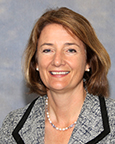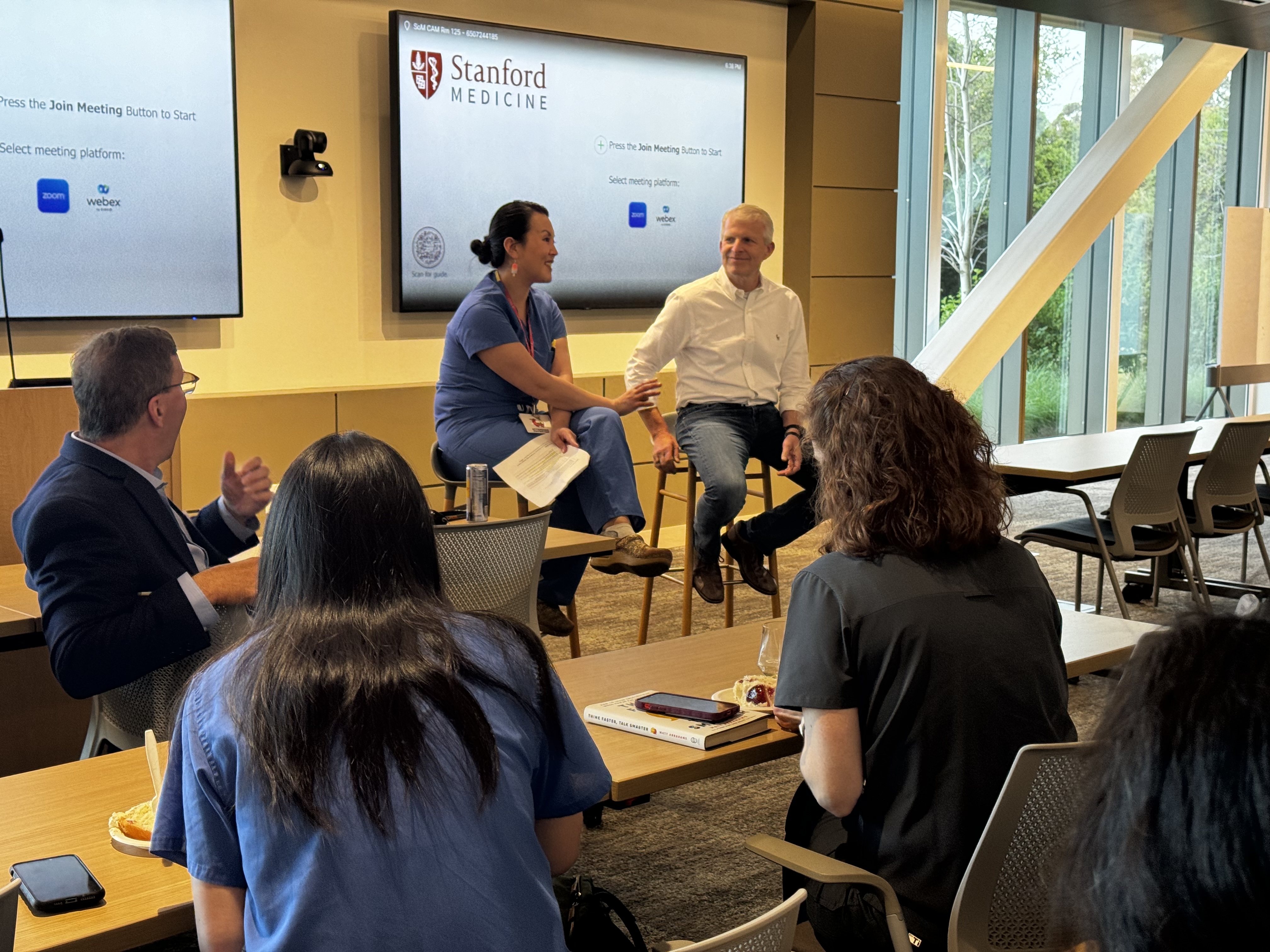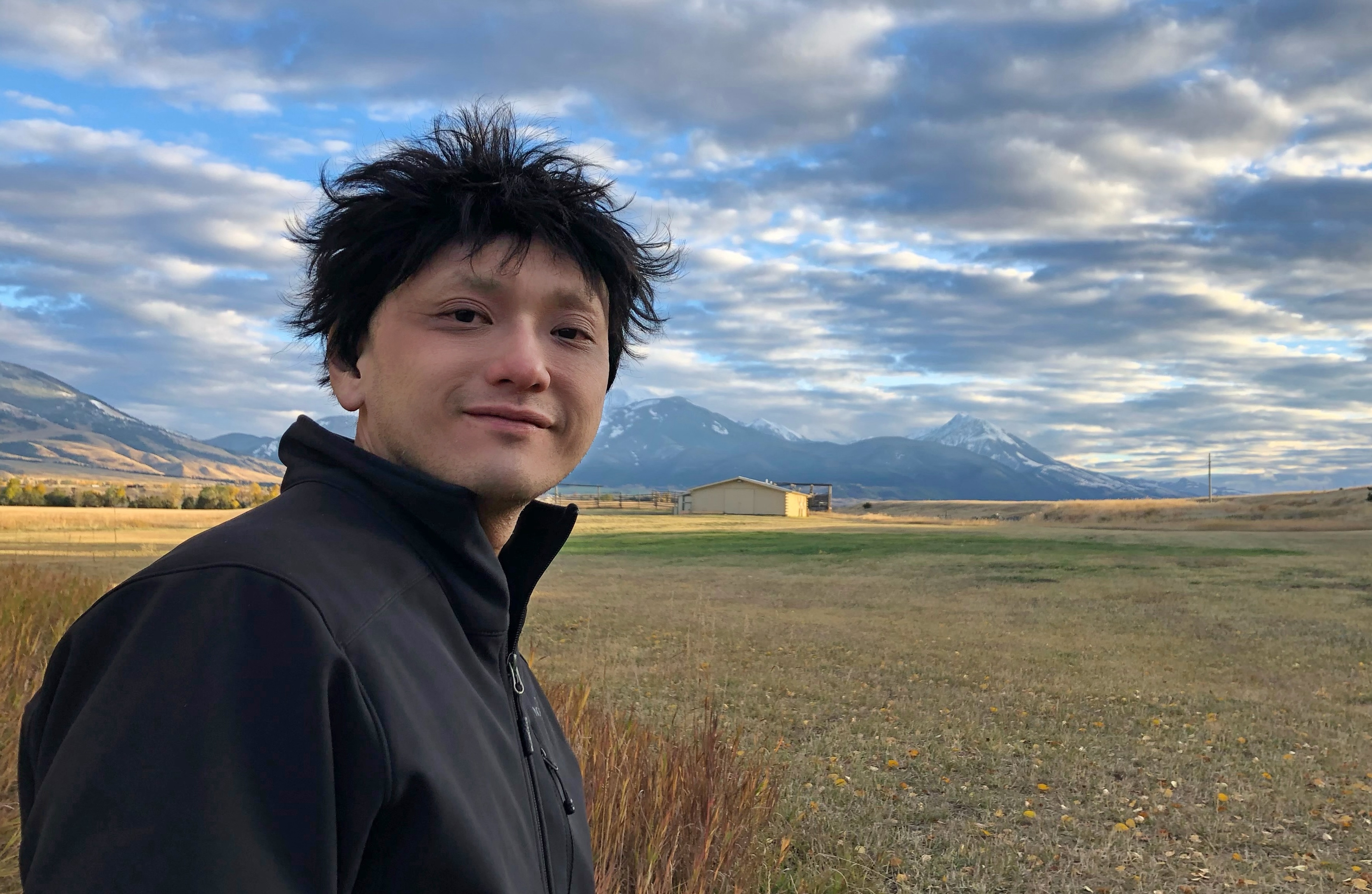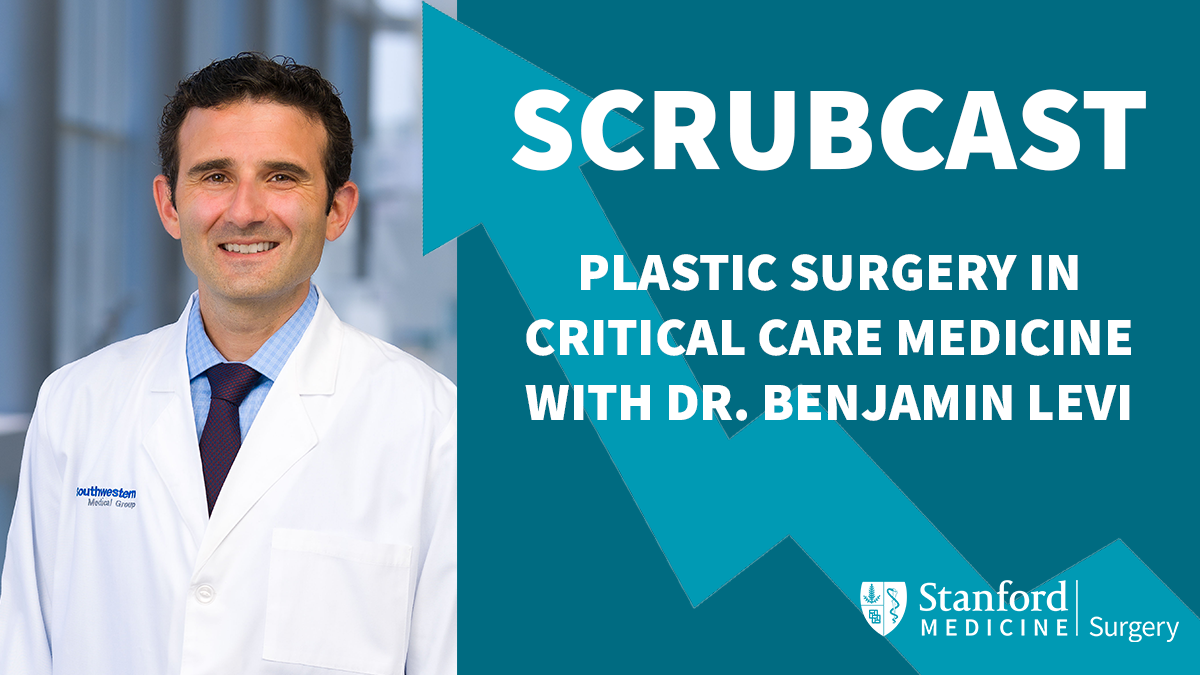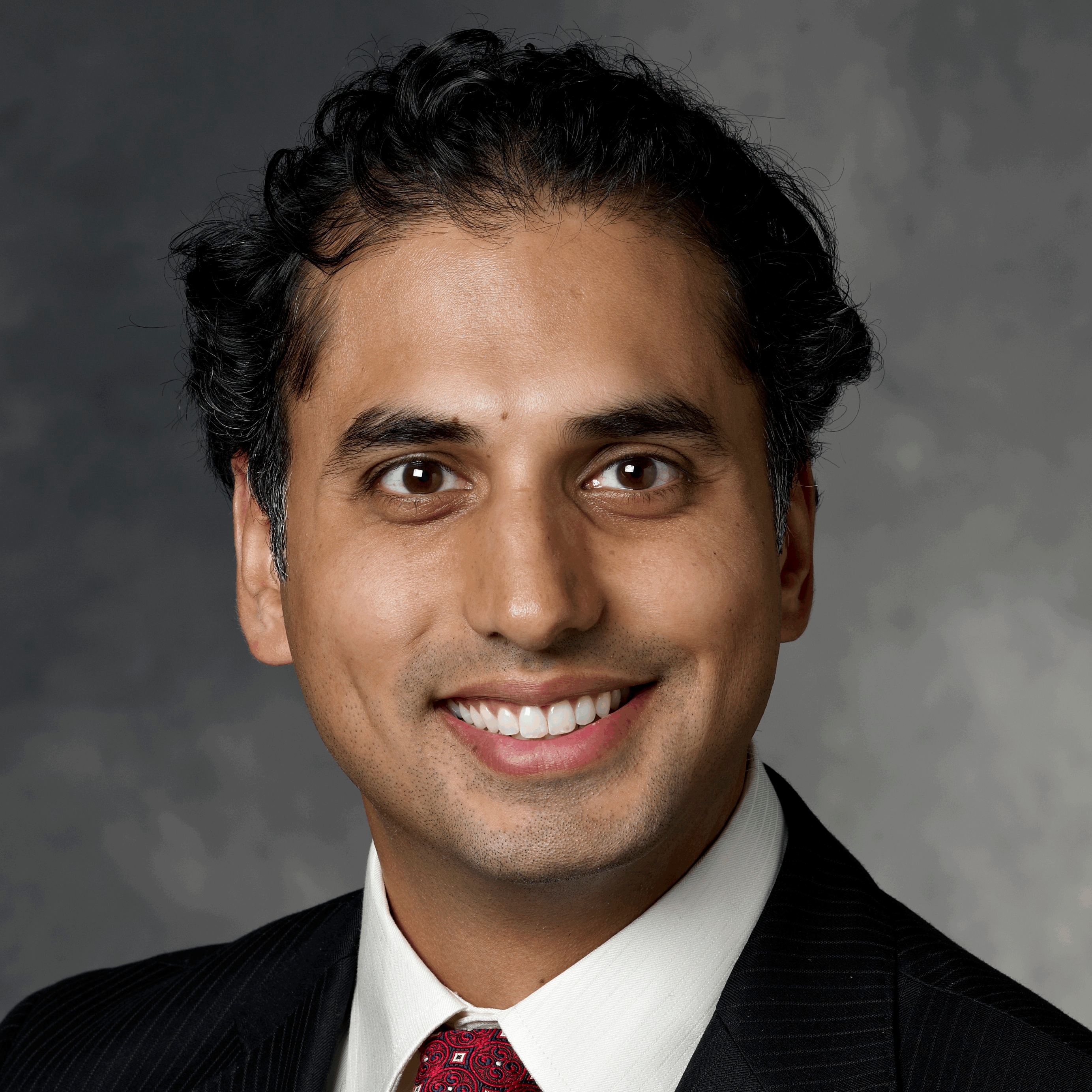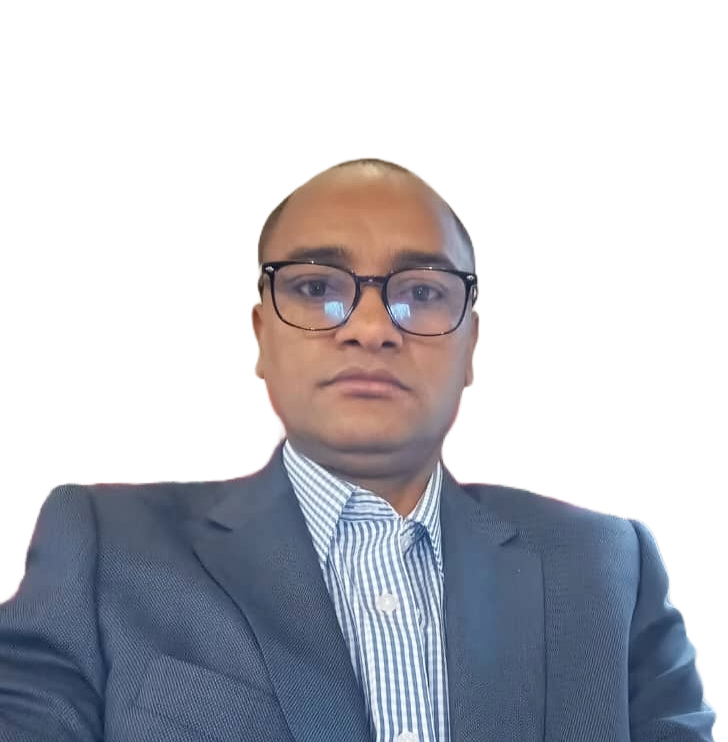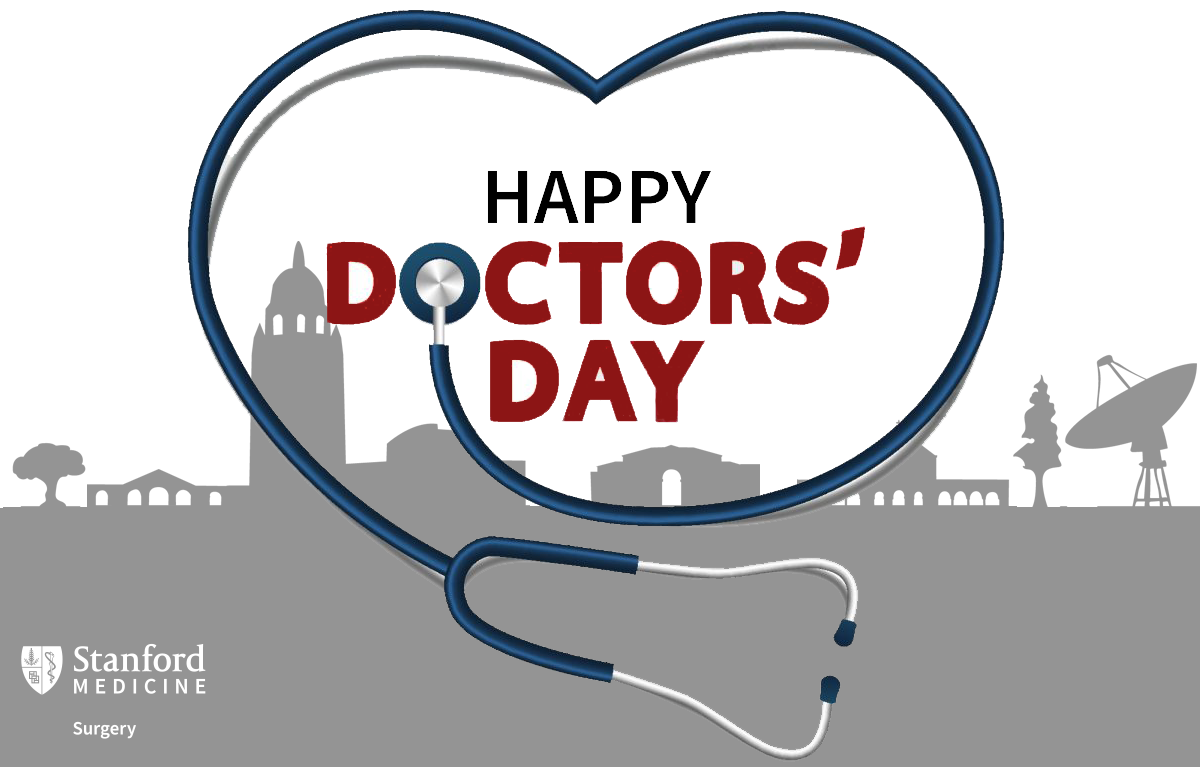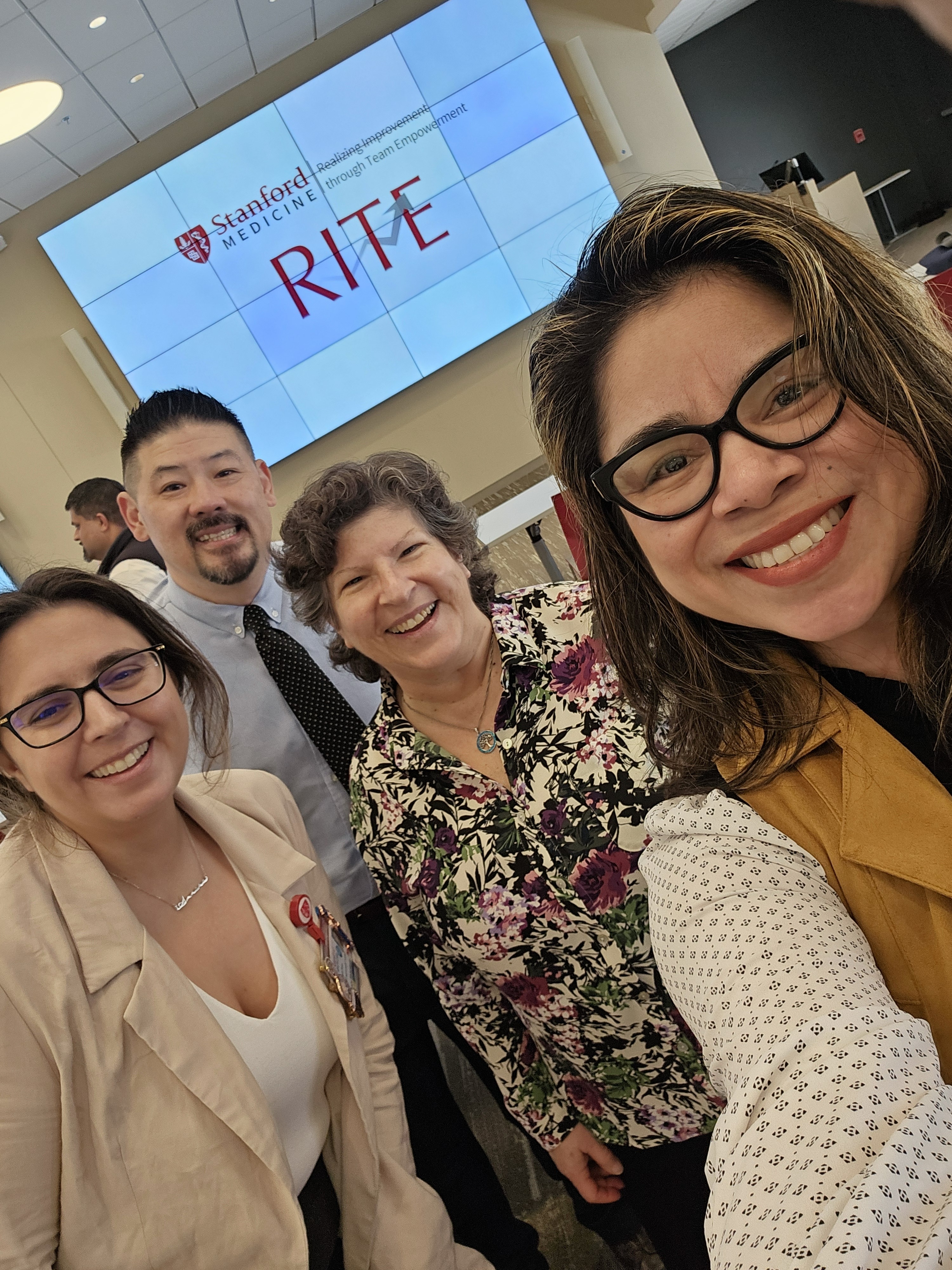How to Major in Surgery
April 25, 2023
“I think I got interested in surgery pretty early - probably around high school,” Medical Student Vaibhavi Shah reminisces. “I worked at the children's hospital near my house, and it was a really gratifying way to combine supporting the patient through their journey while also having a very hands-on specialty.”
But for most future-doctors—including Shah—the time between high school and surgery residency is almost a decade? What can you do during that time in between to fuel your passion? And how do you stand out amongst a highly competitive field to make your dream come true?
Shah decided to “major” in surgery. Stanford’s scholarly concentration program offers nine application areas in conjunction with the medical student curriculum.
“The surgery concentration appealed to me because it offered the most career-oriented courses and a structured way to get practical skills,” said Shah, who completed the required coursework during her first year and is currently working in the lab of Neurosurgeon Dr. Anand Veeravagu.
Shah is also this year’s teaching assistant in Surg238: Introduction to Surgical Research. The course, offered each winter session, teaches students to write a research proposal they can then use to fulfill their 3-month scholarly research project requirement.
Students present their research projects in Surg238
General Surgery Resident Dr. Jeff Choi helped design the course.
“As I was going through my research time, I realized there are these little skills—from coming up with an idea to publication—that you only pick up from mentors. How do you write a cover letter? How do you give a good presentation?” said Choi. “If you’re lucky you have great mentors, but what if you don’t?”
Choi teamed up with Assistant Professor Dr. Lisa Knowlton to design a curriculum that would give medical students these foundational skills.
In addition to the required coursework, Surgery Scholarly Concentration Program Director Dr. James Korndorffer has developed an extensive portfolio of electives including SURG256a-c: Clinical Anatomy and Surgical Education Series.
The three classes can be taken as a series or in-part depending on the student’s interests. Each class covers a different section of the human body.
“[These courses are] an opportunity for students to have hands-on experience to understand common operative procedures,” said Korndorffer. “Faculty and residents are actively involved in this course, and this allows for mentorship and guidance.”
Students practice surgical skills on cadavers with Dr. Brooke Gurland SURG256b aka CASES.
“I love the flexibility of the surgery concentration; I took a neurosurgery VR course, a global surgery seminar, and a surgical shadowing rotation in plastics,” said Shah. “The Intro to Surgery Seminar was the most impactful to me because it was like getting a crash course. You hear from a diverse set of speakers from different backgrounds and specialties.”
Shah knew she wanted to go into surgery since high school but what about the med students who feel an affinity for multiple specialties?
“I could see how someone might be hesitant to do a surgical focus—what happens if they change their mind?—but these skills can be applied to any specialty,” said Choi. “I wish this had been around when I was a medical student.”
Media Contact
Bio
About Stanford Surgery
The Stanford University Department of Surgery is dedicated to inventing the future of surgical care through:
• pioneering cutting-edge research,
• developing the next generation of leaders, and
• healing through incomparable surgical skills and compassion.
To learn more, please visit surgery.stanford.edu
The Latest
- Surgery
ACSCC24 Wangensteen Scientific Forum Dedicated to Dr. Hawn
Dr. Mary Hawn has been selected as the Dedicatee of the Owen H. Wangensteen Scientific Forum at 2024 ACS Clinical Congress. The forum will take place Saturday, October 19 through Tuesday, October 22 in San Francisco.
- Surgery
Faculty PD Team Hosts First Networking Event
Drs. Pete Lorenz and Stephanie Chao, the vice chair and associate vice chair of professional development at Stanford Surgery, hosted a networking event with special guest Matt Abrahams.
- News Center
Chuck Chan, stem cell researcher who discovered how to regrow cartilage, dies at 48
The Stanford Medicine researcher was known for his groundbreaking work and his generous spirit as a mentor and colleague.
- Surgery
The Role of Plastic Surgery in Critical Care Medicine with Dr. Benjamin Levi
This episode of Scrubcast features Dr. Benjamin Levi, Chief of Burn, Trauma, Acute, and Critical Care Surgery at UT Southwestern and our honored guest at the 2024 Emile F. Holman Lecture.
- Surgery
Dr. Khosla Promoted to Professor
Dr. Rohit Khosla has been promoted to the rank of Clinical Professor in Surgery. The promotion is effective May 1, 2024.
- Global Health
Meet Dr. Derbew Fikadu Berhe, University of Global Health Equity researcher, educator, and pharmacologist - Global Health
Dr. Berhe will be at Stanford April 23-27 for a mixed methods research training and hopes to connect with colleagues in global health research, pharmacology, and noncommunicable diseases. His trip is sponsored by Stanford Surgery's Office of Global Engagement.
- Surgery
Surgery Expands National Doctor Day to a Month-long Celebration
Although National Doctor’s Day officially took place on March 30, Stanford Surgery celebrated department faculty all month-long with a series of events.
- Healthier, Happy Lives Blog
How a Social Media Post Led a Teen to Find a ‘Kidney Buddy’ for Life
Jaxon was diagnosed with nephronophthisis, a genetic disorder of the kidneys. Children who have this disease need a kidney transplant by the time they’re teenagers, as it eventually leads to kidney failure.
- Healthier, Happy Lives Blog
New Liver Gives a Toddler a Renewed Chance at Life
“Ocean was in dire need of a liver transplant,” says Carlos Esquivel, MD, pediatric transplant surgeon. “He was very ill and running out of time to wait for a compatible pediatric donor. We rarely get a pediatric donor. We had an offer for him from an adult donor that was his only chance for survival. We were able to use a small segment of the donated liver to save his life.”
- Surgery
Team Reduces Reimbursement Rejections by A Third
A team comprised of Linda Thomas, Co-Lead Carmen LoCascio as well as Robin Cohen, Amos Lam, Kevin Lee, Ana Mezynski, and Jackie Stahl participated in SHC's RITE (Realizing Improvement through Team Empowerment) Program and successfully reduced reimbursement rejections from 25 to 17%.
